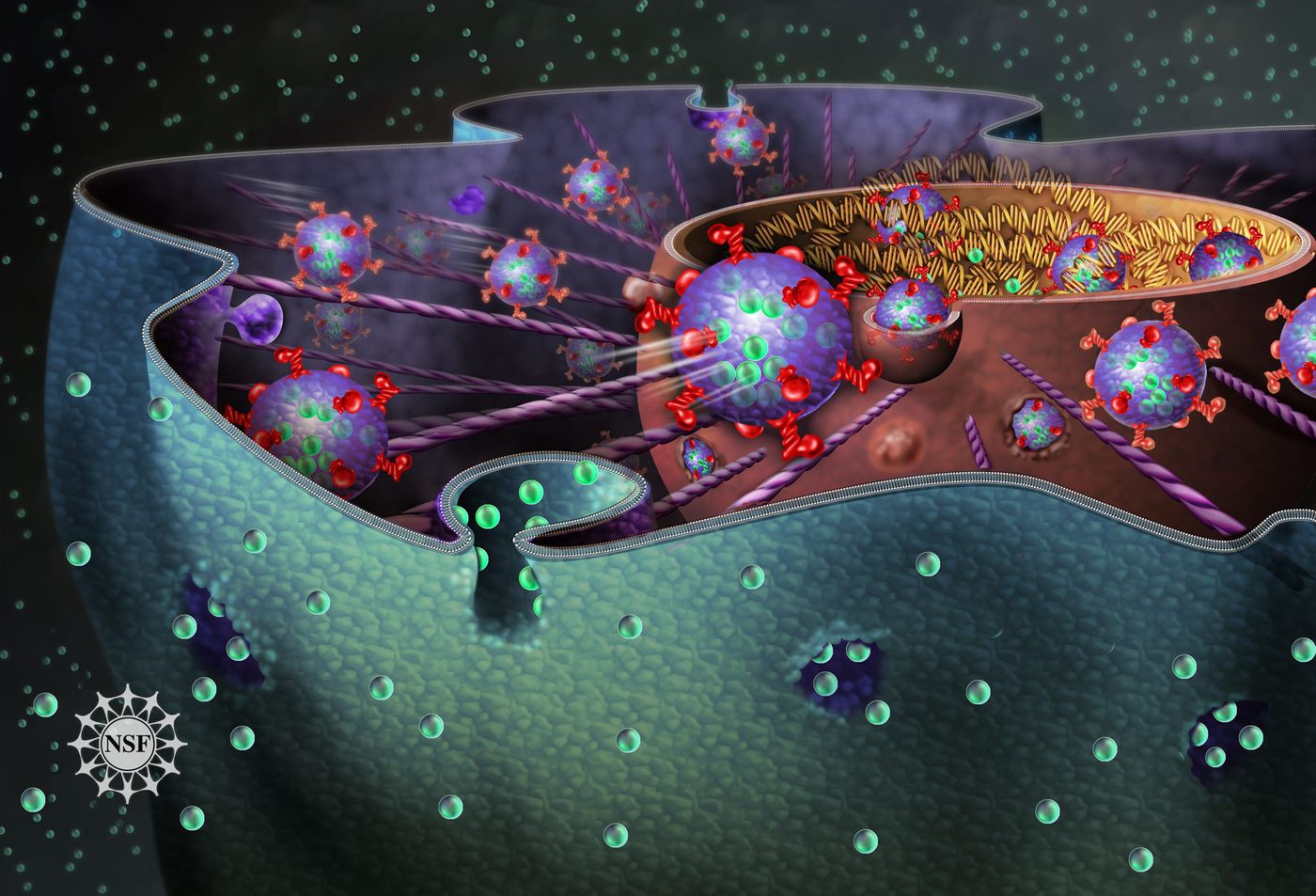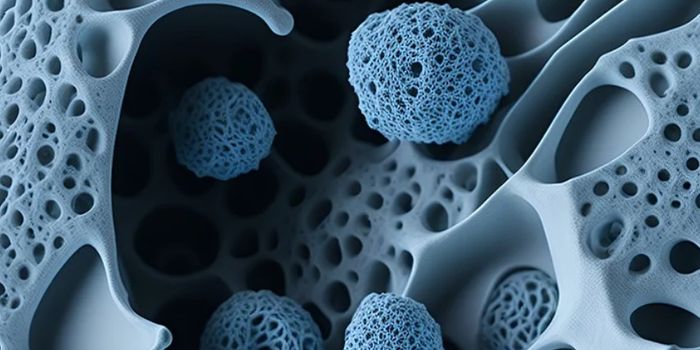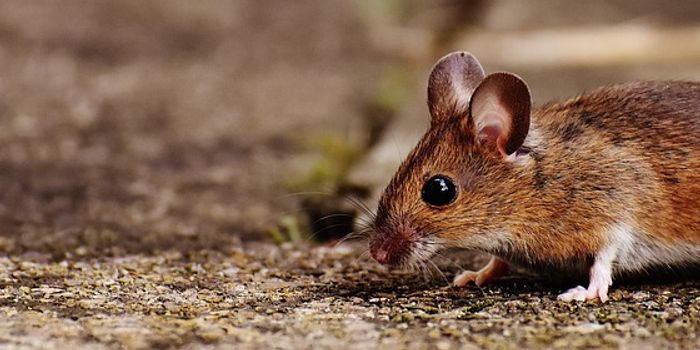What Cytoplasm Feels Like to an Organelle
The inside of a cell is packed with stuff; from big organelles to small molecules, the cytoplasm is the suspension which contains all those components. Researchers at MIT wanted to know more about how that cytoplasm feels to the various things that reside in it. It seems that to some parts of the cell, like the nucleus, cytoplasm may feel like honey, while to another part like mitochondria, it feels like toothpaste.
Reporting in the Proceedings of the National Academy of Sciences, a research team led by Ming Guo of MIT's Department of Mechanical Engineering, discovered that organelles encounter resistance in the cytoplasm, which is different depending on the size of the organelle and the speed with which it moves. Some organelles have to work hard to make their way around, encountering more resistance.
To describe this phenomenon, Guo and colleagues created a phase diagram to characterize the cytoplasm from the perspective of each organelle.
"Our main goal was to provide the most fundamental understanding of living cells as a material. With this phase diagram, as long as you tell me the size and speed at which an organelle moves, I can tell you what mechanical environment it sees,” explained Guo.
This work may help inform drug development. The phase diagram can give researchers insight into what size a drug should be to get it through a cell in a set amount of time.
"A drug with a 100-nanometer diameter will feel a very different resistance than something that is 500 nanometers wide," Guo said. "This can be a guide to understanding how a drug is delivered and transported inside a cell."
Studies of cellular transport have focused on the biological molecules that drive that movement, rather than the physical characteristics of the cell. "But as mechanical engineers, we think the driving force is not the only part of this transport process, but that resistance of the surrounding material is actually equally important," Guo explained. "For example, it's not just your own energy that determines how you move through a crowd -- the mechanical resistance of the crowd itself can also affect your movement."
The investigators wondered how the cytoplasm was influencing the way organelles like lysosomes and mitochondria get around. To understand more, the researchers used minuscule plastic beads in sizes that were similar to many of the major cellular components - from 0.5 to 1.5 microns across. Optical tweezers, a special kind of laser, were then utilized to move those beads around the cell.
A constant speed was used to move the beads, and the force needed for each one to go a set distance was measured. The researchers suggested that force is a representation of the resistance created by the cytoplasm.
Resistance in the cytoplasm seemed to come from two places: poroelasticity and viscoelasticity. Poroelasticity describes how quickly water gets moved. If cytoplasm is more poroelastic, an organelle needs more effort to move water out of the way. In the context of cytoplasm, viscoelasticity represents how quickly a cell can change shape by altering its cytoskeleton.
The cytoskeleton can create impediments to movement inside the cell; because it is dynamic, encountering it might feel like a viscous fluid or an elastic solid. If a cytoskeleton can rearrange quickly, the scientists posited that it would feel more fluid and cause less resistance to moving organelles.
Unsurprisingly, the size of the bead had a major impact on how it moved. But as the speed of bead movement increased, so did resistance. Guo explained that "the faster you move, the more permanent [cytoskeletal] structures you would see and feel resistance to."
From the data they collected, the investigators created a phase diagram. After checking the literature for references of organelle size and motion speed in cells, it was found that organelles were encountering a range of resistance.
"If you ask a nucleus, they would tell you the cytoplasm is like honey, because they are really large and slow, and they don't feel cytoskeletal structures -- they only feel the viscous disassembled protein solution, and have very small resistance," Guo said. "But mitochondria would say it's like toothpaste, because they are smaller and faster, and are sometimes blocked by these constantly changing structures. A lysosome, which is even smaller and faster, would tell you the cytoplasm is actually Jell-O because they are moving so fast, they are constantly bouncing off these structures and meeting with resistance, like rubber. So their views are limited by their own size and speed."
The phase diagram can now be used to characterize other parts of the cell to see who they get around in the cytoplasm. "People can use other parameters to find out what section of the phase diagram different organelles should belong to," Guo explained. "This will tell you what kind of distinct material they would feel."
Sources: AAAS/Eurekalert! Via MIT, PNAS









